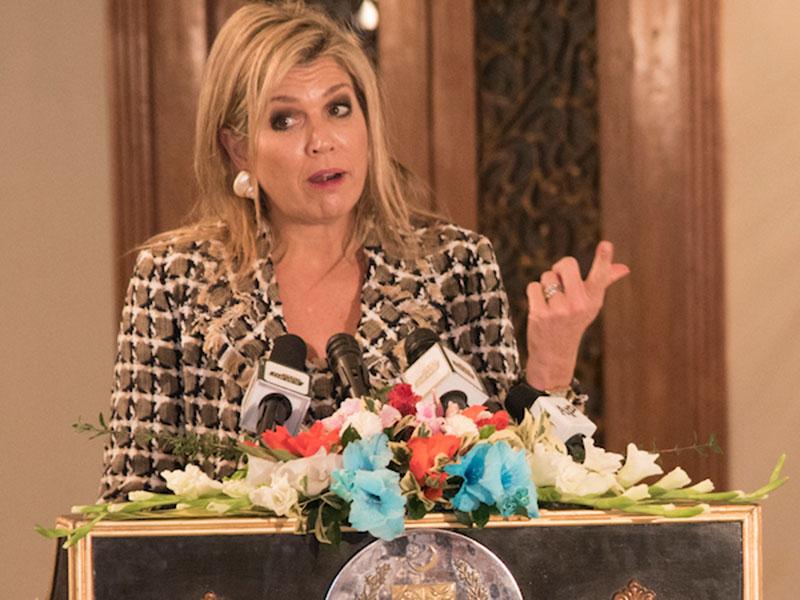
Prime Minister Khan, Dr. Nishtar, Your Excellencies, Ladies and Gentlemen,
How wonderful it is to be back in Islamabad for the launch of the Ehsaas Financial Inclusion Strategy, and particularly the strong focus on the Kifalat. This is a good follow up to the 2015 strategy. It makes me happy to see that this issue is getting, once again, strong attention from the government.
Financial inclusion matters because of its power to improve people’s lives. It is not an end in itself—rather, a means to create jobs, take part in an increasingly digital economy, protect oneself against sickness, drought or an accident. It also helps empower women, and increases income and productivity. This is beneficial for individuals, families, communities and all of Pakistan.
Today, only 21% of adults in Pakistan have access to formal financial services, either through a traditional bank or branchless banking, according to the latest Findex—this is a modest increase from 13% in 2014.
And the overall advances in financial inclusion have left women behind— today, 35% of men have accounts, compared to just 7% of women. So the need for this strategy is evident. But more than a strategy, the need for its implementation is paramount.
We are all now aware that technology holds the strongest promise to make financial inclusion a reality. It will allow us to do this cheaper, faster and more customer centric. Technology is putting customer needs at the center and this will not only grow access, but above all the usage of financial services. This will be sometimes bank-led and sometime by new entrances in e-commerce and fintech.
To make this all a reality, we need connectivity and smartphones—so not just feature phones. We need interoperability; we need a retail payment system that is affordable to all players; we need affordable KYC processes; and we need good regulation for financial technology.
And in the case of women, we need to work even further on issues of connectivity, product design and awareness. Today, 33% of women have a mobile phone compared to 73% for men. And, 45% of women who do not own a mobile phone reported that they were not permitted to own one by family members. So, if we want to include women in the financial system, we have to connect them.
Having said all of this, today we can celebrate. I am delighted to join the launch of the Ehsaas Financial Inclusion Strategy.
This strategy aims to ensure that the vital poverty alleviation support that the Benazir Income Support Program brings to over 6 million women also supports their financial inclusion.
Starting in 2020, all the beneficiaries will receive a regular bank account on which they can transact. As the tag line for this approach says, “one woman, one bank account.”
It is also pleasing to see an overall financial inclusion strategy for Ehsaas. The goal of prioritizing banking informal workers, accelerating access to credit, and creating digital platforms to support access to nano-loans are all very important.
Let me conclude by congratulating Dr. Nishtar on her efforts. I hope that she is aware that this is just the beginning, and we have many more women to go. So, we need to get creative and listen to the women’s needs.
And lastly, I’d like to thank the Prime Minister, who is here today, for showing his support of financial inclusion as key priority for driving Pakistan’s economic and social development. Your leadership will be key in coordinating, implementing, incentivizing, and holding agencies to account for delivering results. My partners and I are here to support you and I wish you a lot of success in all your efforts.
Thank you.